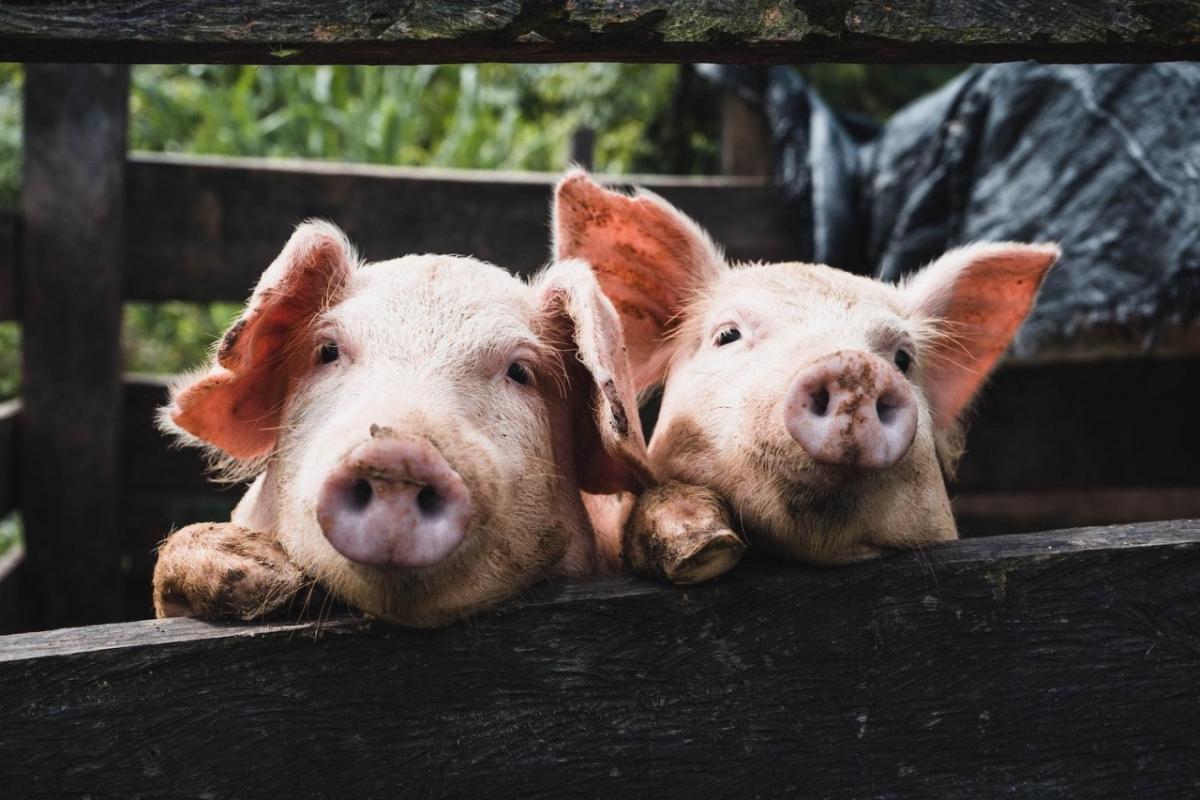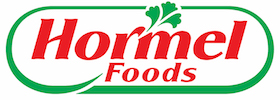Collaboration Is Key to Scaling Regenerative Agriculture
By Roya Sabri

Originally published by TriplePundit
It’s been almost a year since grocery shelves around the world emptied as coronavirus hit the news. These large-scale — and in some cases long-term — shortages revealed vulnerabilitiesin our centralized food systems and globalized supply chains. Gaining popularity in recent years, regenerative agriculture is one method that has the potential to increase food securityby improving the health of the land and localizing food production. Practices such as integrating livestock, planting cover crops, foregoing tilling, and increasing crop diversity aim to restore soil organic matter and soil health, thus producing more nutritious food and sequestering more carbon from the atmosphere.
While regenerative agriculture can (and should) look different for every farm, locality and crop, it has a consistent principle of circularity: reducing losses where possible and restoring them to the soil, be it nutrients, water or carbon. The ultimate goal, after all, is to cut the environmental impacts of farming and raising livestock, such as greenhouse gas emissions, soil erosion and water pollution. Part of this circular food economy often includes producing and supplying food regionally.
Lessons from collaboration: It’s the way we raise meat that matters
Like so many others, the meat industry has faced its share of supply chain hurdles this year. Some companies closed processing plants where workers had tested positive for COVID-19, all while consumer demand increased by 43 percent between March and April, compared to the same period last year.
Gaining greater stability in the face of crisis is just one reason brands like the natural and organic meat label Applegate are embracing regenerative agriculture. In the first quarter of 2021, the company will launch a sub-brand called The New Food Collective that uses pasture-raised meats and small-batch production methods. This unique line of pork products is set to be released this spring on Amazon Fresh.
Applegate’s long-term goal is for all its products to be sourced from farms that are actively working to regenerate the land. The company, which is part of the Hormel Foods family of brands, has partnered with the Savory Institute to facilitate necessary progress on the ground. Savory has been pioneering regenerative techniques since the 1960s and supporting farms in improving soil quality with measurable impacts.
For a brand whose mission is to “change the meat we eat,” regenerative agriculture is a big pull for Applegate, especially considering that livestock currently accounts for 14.5 percent of total global greenhouse gas emissions, and agriculture uses half of all habitable land — 77 percent of which is used to raise livestock.
In conventional agriculture scenarios, livestock also use vast amounts of water (one pound of pork requires an input of 576 gallons of water, for example). Animal agriculture can also pollute water with nitrogen and phosphorus from byproducts and cause soil erosion due to overgrazing.
Pigs fertilize, turn soil and increase plant productivity
Harmful patterns and consequences begin to fall away when farmers introduce regenerative practices. “There's a way of raising animals that's actually good for the climate and good for the environment, and that's with regenerative agricultural practices,” Gina Asoudegan, Applegate’s vice president of mission and innovation, told TriplePundit. “This idea that meat can actually be good for the planet is obviously something we think we can have a big part in, and we can lead in that direction.”
The Savory Institute describes regenerative techniques as "Holistic Management." It sees livestock as an integral part of the holistic system, especially if animals are raised in a way that models the behavior of wild herds. Savory trains farmers in this balanced integration within 46 hubs across the Americas, Europe, Asia, Africa and Oceania. Farms become certified via the rigorous, years-long Ecological Outcome Verification (EOV) program and ultimately join the Land to Market label, of which Applegate is a founding member.
“After farms are verified, our Land to Market program picks up from the farm gate forward to ensure the integrity and authenticity of that positive outcome is maintained through the value chain,” Chris Kerston, chief commercial officer of Land to Market at Savory, told TriplePundit in an email.
For example, the role Applegate’s pigs play in regeneration are in grazing, tilling the ground and fertilizing. Living outside, the animals help plants sequester more carbon by grazing, and also break up dead vegetation, bury seeds, and create areas for water to collect as they walk and dig. With Savory’s tried and tested methods, animals don’t become a hinderance to environmental progress but a key part of a healthy agricultural ecosystem.
Scaling regenerative agriculture through replication
Furthering these practices is not exactly about scaling, but rather replicating the system that Asoudegan says Applegate intends to encourage. Kerston of Savory noted that this leadership pays off: “Brands that move early on these regenerative initiatives will garner the early wins, attract new market share, build loyalty, and in many cases be asked to help define future compliance regulations that are emerging as governments around the world scramble to show headway toward their environmental commitments,” he told us.
Applegate is finding that its progress is dependent on collaboration amongst the like-minded — farmers, retailers and fellow companies working together to create a better food system — something that Savory helps to facilitate.
This type of collaboration goes beyond the food supply chain. Making use of every output from regenerative farms allow farmers to earn more income, providing return on the initial investment required to transition to a regenerative system. This means participation from companies in other industries — which can use these outputs for their products — can help scale these systems further.
For example, fellow Savory Institute partner Timberland recently released its first boot line made with leather from regenerative farms that incorporate animal agriculture. Pet companies can also use offal, or offcuts, to improve circularity. This “collaborative utilization,” as Asoudegan calls it, also allows each company to offer its products for a lower price. But affordability isn’t the only benefit to the customer: Animals grown on healthier pastures produce healthier and tastier food, and a more secure food supply chain benefits everyone.
Trailblazers like Applegate, Timberland and others are shining the first gleams of possibility for this new regenerative agriculture economy. Effective replication will require a collective, though, Asoudegan said, adding: “It's really going to involve new levels of collaboration in order to bring this new system into reality.”
This article series is sponsored by Hormel Foods and produced by the TriplePundit editorial team.

